Explore the Mandela Effect and theories like multiverses, CERN glitches, and simulation reality. Are our memories lying—or did reality shift?
Do You Remember Pikachu Having a Black Tail? You Might Be Experiencing the Mandela Effect
Have you ever been absolutely sure of something — a movie quote, a logo, or a detail from childhood — only to find out later you were completely wrong?
That strange moment of doubt, when your memory clashes with reality, has a name: The Mandela Effect.
From childhood cartoons to iconic brand names, millions of people around the world share eerily similar false memories. But how is it possible for so many of us to remember the same wrong thing?
Welcome to the mind-bending world of the Mandela Effect.
What Is the Mandela Effect?
The Mandela Effect is a phenomenon in which a large group of people remembers an event, detail, or fact differently from how it actually happened. These memories are often vivid, emotionally charged, and shared across different cultures and regions.

The term was coined in 2009 by Fiona Broome, a paranormal researcher, after she discovered that she — along with thousands of others — remembered Nelson Mandela dying in prison in the 1980s. In reality, Mandela was released in 1990 and served as President of South Africa from 1994 to 1999. He passed away in 2013.
So why did so many people remember a completely different version of history?
Origins of the Term
Fiona Broome first mentioned the phenomenon at a conference, where other attendees also believed Mandela had died decades earlier. She launched a website to document similar collective false memories, and soon, reports started pouring in from people all over the globe.
Since then, the Mandela Effect has grown from a niche internet curiosity into a full-blown cultural conversation. It’s now associated with everything from conspiracy theories to psychological studies, sci-fi multiverse speculations, and social media trends.
Why Does the Mandela Effect Happen?
There are several competing theories, but the most widely accepted explanations are rooted in cognitive psychology.
🔬 1. False Memory and Confabulation
Our brains are not perfect recorders of reality. Instead of capturing every moment accurately, they reconstruct memories — filling in gaps based on logic, previous experiences, and suggestions.
Sometimes, these reconstructions go wrong.
This process is called confabulation: the brain fills in missing pieces of memory with fabricated or distorted information — without any intent to deceive.
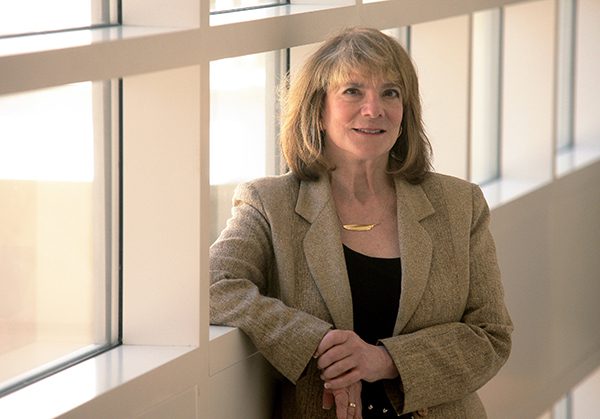
Psychologist Elizabeth Loftus (Wikipedia) has conducted groundbreaking studies showing how easily memories can be manipulated, especially through suggestion, media, or group influence.
2. Collective Misremembering
In many Mandela Effect cases, the memory error is shared by a large group. This creates a collective illusion — a kind of social reinforcement that makes the false memory feel even more real.
This phenomenon is often amplified by:
- Pop culture references
- Internet echo chambers
- Viral social media posts
- Meme culture
3. Theories Involving Alternate Realities
Some more out-there theories suggest the Mandela Effect is evidence of parallel universes, timeline shifts, or quantum glitches in the matrix.
While there’s no scientific basis for these claims, they remain popular in forums like Reddit and TikTok, where users explore the idea that our memories might be from alternate timelines we’ve unconsciously crossed into.
🤯 Top 10 Mandela Effect Examples That Will Blow Your Mind
The Mandela Effect isn’t just about one false memory — it’s a pattern. From children’s books to movie quotes, here are 10 of the most famous Mandela Effect examples that continue to shock people around the world.
Get ready — you probably remember most of these wrong.
1. 🧸 Berenstain Bears vs. Berenstein Bears
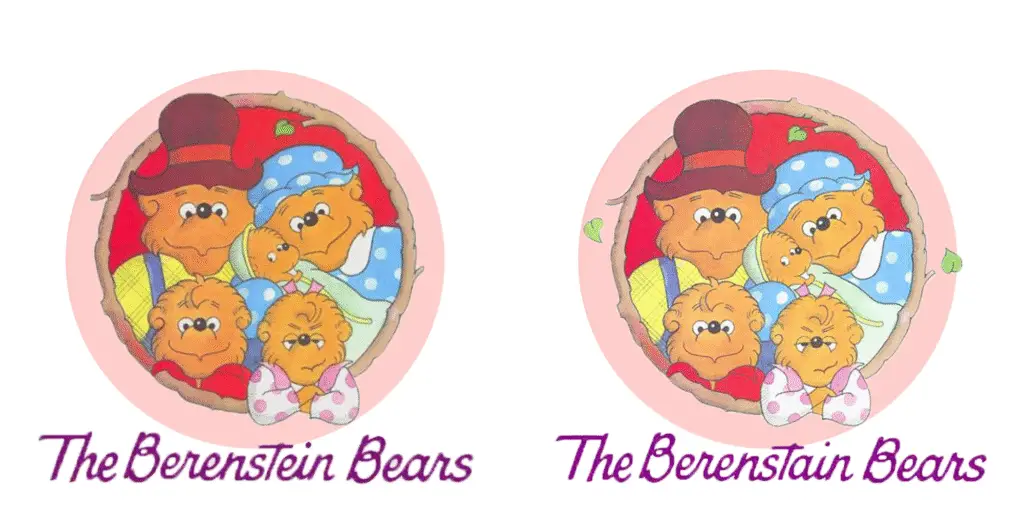
What most people remember: The Berenstein Bears
What’s actually correct: The Berenstain Bears
This beloved children’s book series from the 1960s is remembered by millions as “Berenstein” — with an -ein ending. But all official materials show it has always been spelled Berenstain, with an -ain.
Why it’s weird: The -stein ending is much more common in surnames, especially of German or Jewish origin. Our brains might have subconsciously “corrected” the unfamiliar spelling.
2. 🐭 Pikachu’s Tail
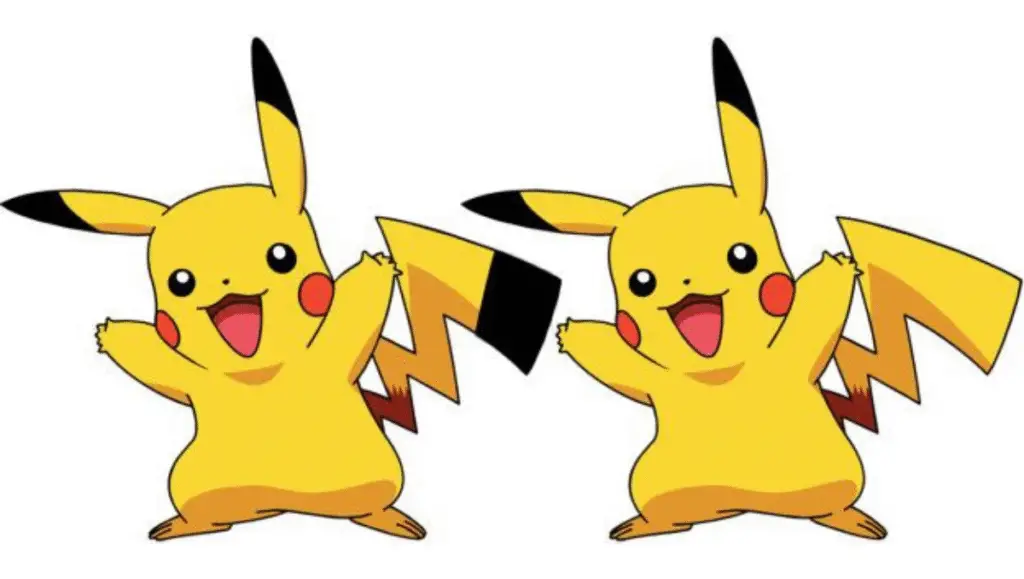
What most people remember: Pikachu has a black tip at the end of his tail
What’s actually correct: Pikachu’s tail is all yellow
Many fans of Pokémon recall Pikachu having a black-tipped tail — especially those who watched the original series. But if you look at any official images, Pikachu’s tail has always been completely yellow (with a brown base).
Possible cause: Pikachu’s ears are black-tipped, which may have influenced memory.
3. 🌪️ “We’re Not in Kansas Anymore”
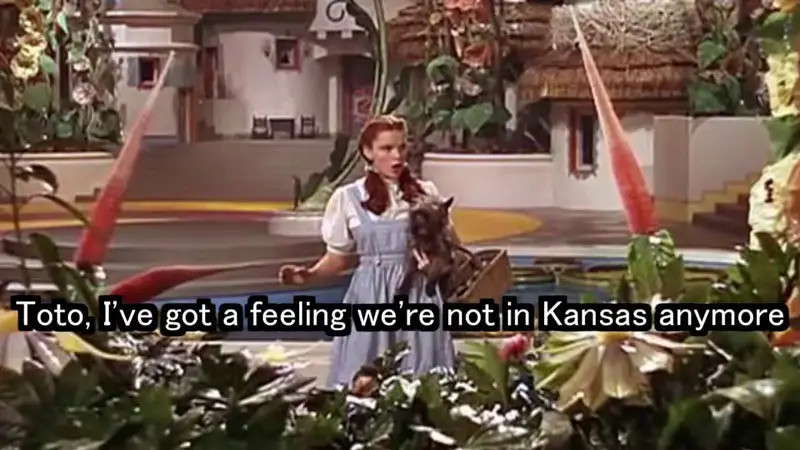
What most people remember: “Toto, we’re not in Kansas anymore.”
What’s actually correct: “Toto, I have a feeling we’re not in Kansas anymore.”
This classic line from The Wizard of Oz (1939) is often misquoted. The actual line includes Dorothy saying “I have a feeling…” but most remember it being more direct and ominous.
Takeaway: Movie quotes are often misremembered due to cultural repetition.
4. 🍫 “It’s a Beautiful Day in the Neighborhood”
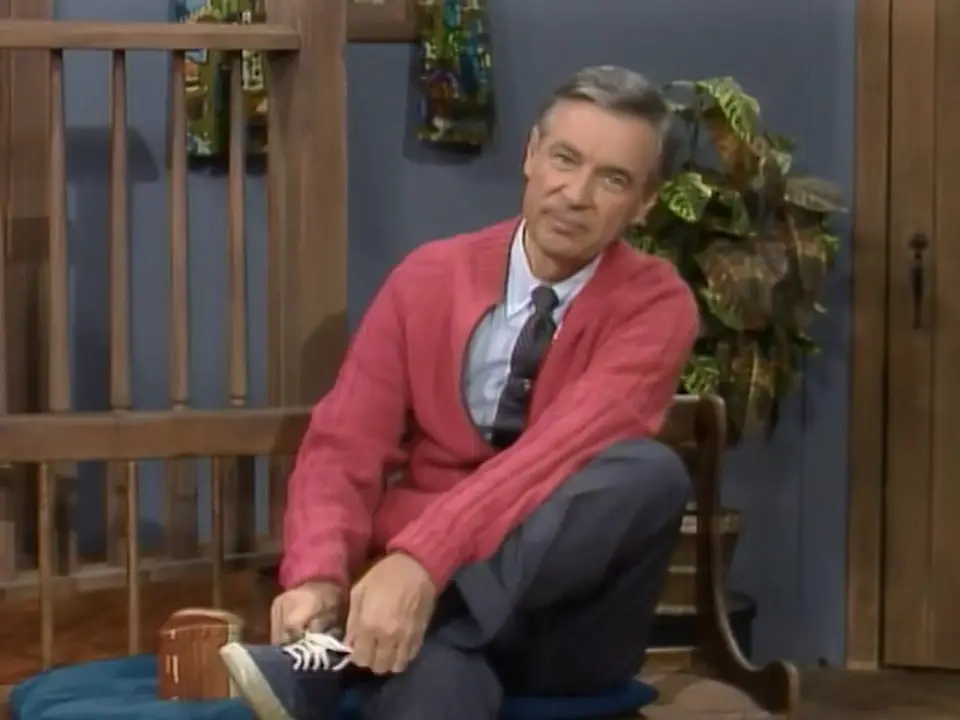
What most people remember: “It’s a beautiful day in the neighborhood…”
What’s actually correct: “It’s a beautiful day in this neighborhood…”
Even Tom Hanks said the wrong version in the 2019 film A Beautiful Day in the Neighborhood! The original Mister Rogers’ Neighborhood intro uses “this,” not “the.”
Why it matters: It’s an example of the Mandela Effect sneaking into pop culture adaptations.
5. 🚀 Curious George and the Tail That Never Was

What most people remember: Curious George has a tail
What’s actually correct: Curious George never had a tail
He’s a monkey, right? Then where’s the tail? Turns out, Curious George has always been drawn without one — and it’s driven people bananas.
Possible explanation: Monkeys typically have tails, so the brain fills in the expected detail.
6. 👑 “Mirror, Mirror on the Wall…”
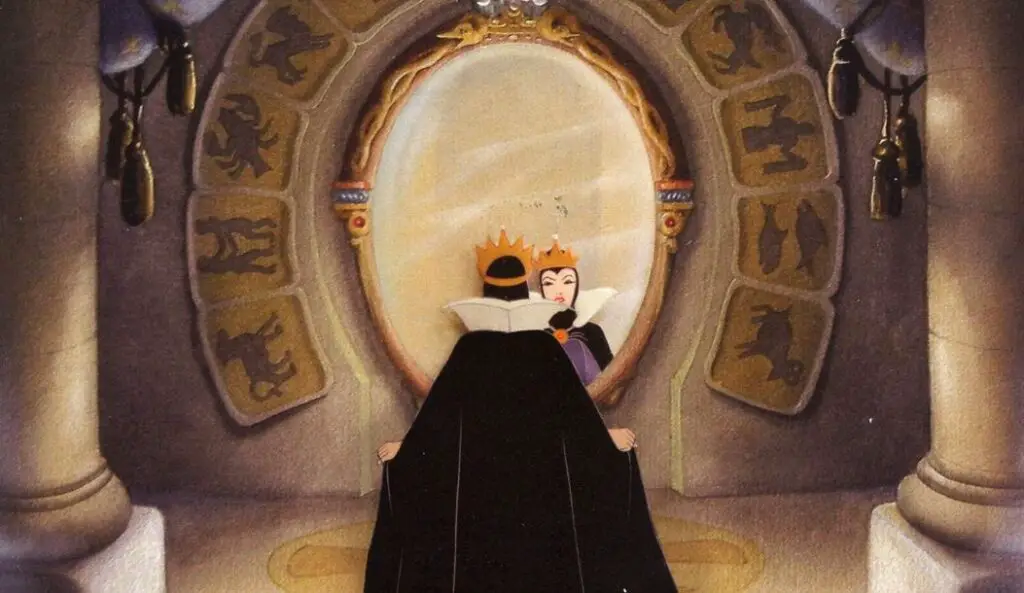
What most people remember: “Mirror, mirror on the wall, who’s the fairest of them all?”
What’s actually correct: “Magic mirror on the wall…”
In Disney’s Snow White and the Seven Dwarfs (1937), the iconic line is not “mirror, mirror” — it’s “magic mirror.” Yet every parody, toy, and meme seems to use the wrong version.
Cultural imprinting at its finest.
7. 🐘 “Febreze” Spelling

What most people remember: Febreeze
What’s actually correct: Febreze
Many believe the brand name includes a double “e” (like “breeze”), but it’s actually spelled with a single “e” — Febreze.
Why? The misspelling feels more “correct” phonetically, and is reinforced by how people talk about the product.
8. 💀 C-3PO’s Silver Leg
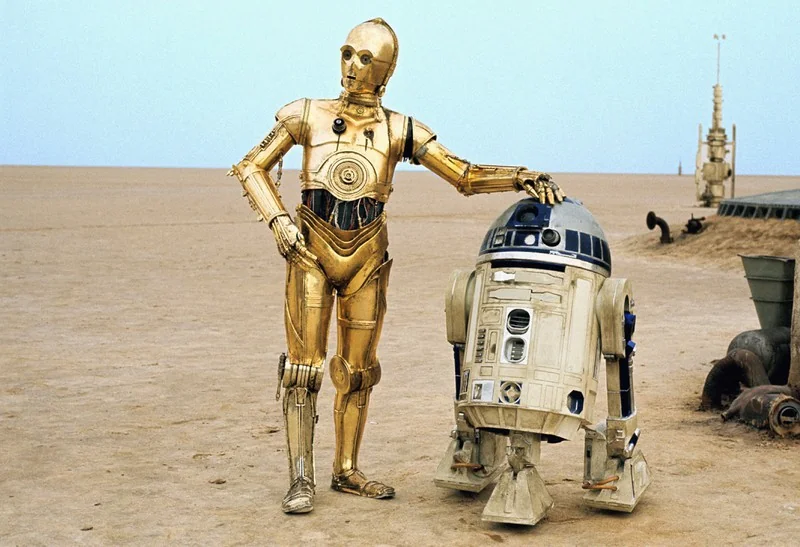
What most people remember: C-3PO is all gold
What’s actually correct: He has a silver right leg
Even die-hard Star Wars fans are surprised to learn that C-3PO had a silver leg in the original trilogy. In later films, he appears entirely gold — which might explain the confusion.
9. 🧃 “Sex in the City” vs. “Sex and the City”
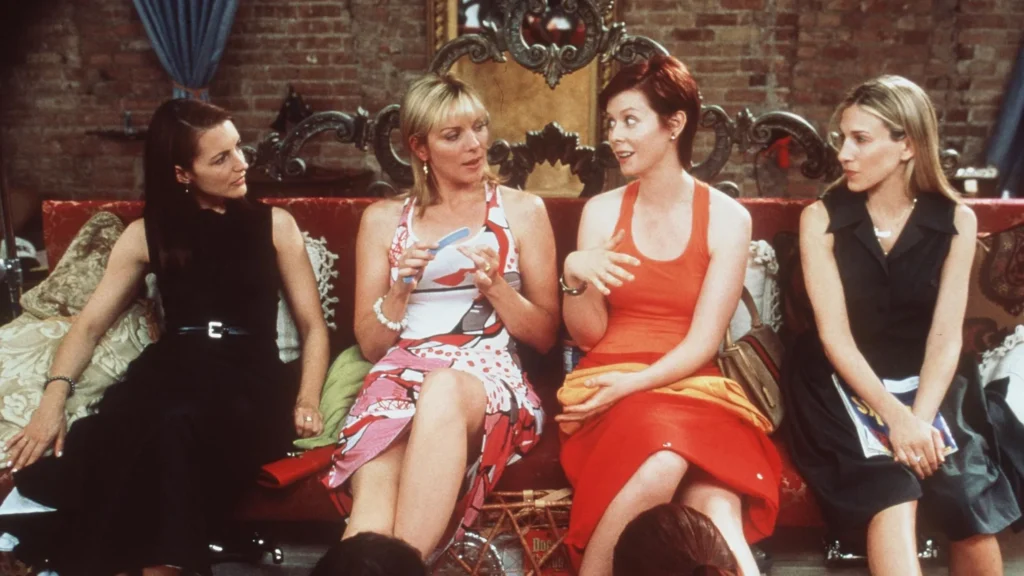
What most people remember: Sex in the City
What’s actually correct: Sex and the City
This HBO classic is frequently misremembered with “in” rather than “and.” Even knock-off merchandise printed the wrong name — which didn’t help!
10. 🌌 “Luke, I Am Your Father”
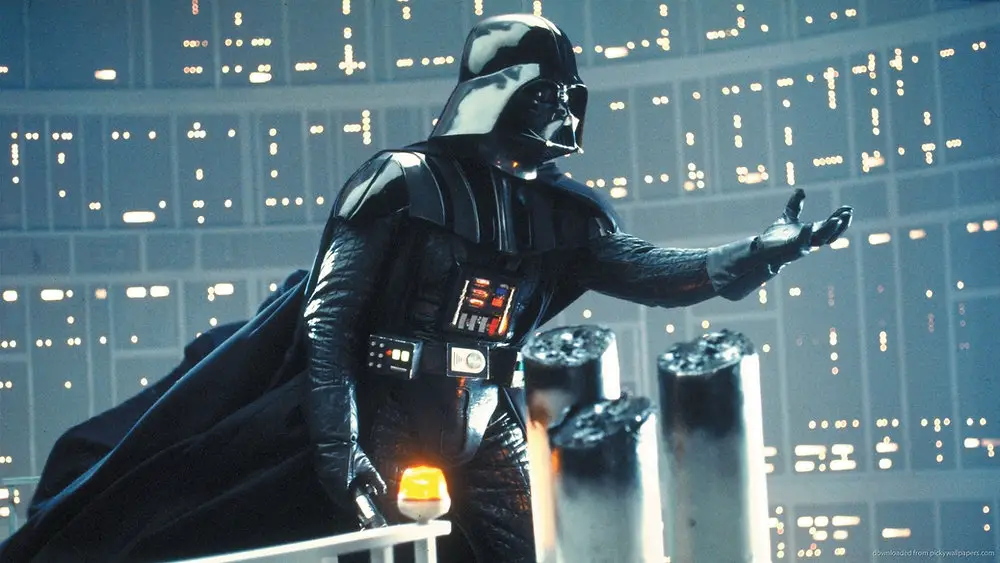
What most people remember: “Luke, I am your father.”
What’s actually correct: “No, I am your father.”
Perhaps the most famous movie misquote of all time, this Darth Vader line from The Empire Strikes Back (1980) is almost always quoted incorrectly — even by actors and fans.
👁️ Bonus Mandela Effect: The Monopoly Man’s Monocle
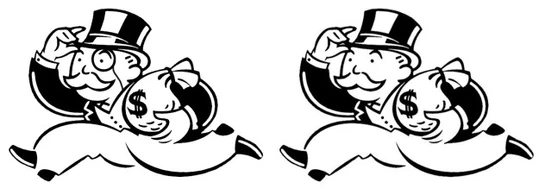
What most people remember: The Monopoly Man wears a monocle
What’s actually correct: He doesn’t!
People often confuse him with Mr. Peanut — who does wear a monocle — or simply assume a wealthy cartoon figure must have one. But Rich Uncle Pennybags has never worn a monocle.
The Science Behind the Mandela Effect
We’ve covered the wildest examples of the Mandela Effect — but why do so many people remember things the wrong way?
It’s not just forgetfulness or bad memory. According to psychologists, the Mandela Effect may reveal some fascinating truths about how the human brain processes reality.
Let’s break it down.
🧩 What Is the Mandela Effect, Psychologically?
The Mandela Effect is classified as a collective false memory — a situation where a large group of people remembers something that never happened.
Psychologist Dr. Elizabeth Loftus, a pioneer in memory research, explains that human memory is not a recording. Instead, it’s reconstructed each time we recall it — which makes it vulnerable to distortion.
🧠 Memory Isn’t Stored — It’s Rebuilt
When you remember something, your brain recreates it using:
- Sensory fragments (what you saw or heard),
- Personal context (where you were, who you were with),
- External cues (TV, conversations, memes),
- Your existing beliefs or cultural assumptions.
That means two people can experience the same event and walk away with completely different memories.
🧪 Famous Memory Experiments
🔍 The “Lost in the Mall” Study
Dr. Loftus once asked participants to recall a fake memory of being lost in a shopping mall as a child. After enough suggestion and detail, 25% of participants believed it happened.
This shows how easy it is to implant memories using context and confidence.
🧠 The Misinformation Effect
In another study, participants watched a video of a car accident. Later, researchers asked:
“How fast was the car going when it smashed into the other vehicle?”
The word “smashed” made participants overestimate speed and recall broken glass — even though there was none. This proves how language and framing can rewrite memory.
🤯 So Why Do So Many People Share the Same False Memories?
Here are the top psychological explanations for the Mandela Effect:
1. Confabulation
This is when the brain fills in memory gaps with fabricated or misinterpreted information — without intending to lie.
Example: Thinking the Monopoly Man has a monocle because you’ve seen similar imagery in pop culture.
2. Schema Theory
We build mental models (called schemas) to interpret the world. When new information doesn’t fit, we alter it subconsciously to match what we already believe.
Example: “Berenstein” sounds more familiar than “Berenstain,” so our brain corrects it without us realizing.
3. False Consensus Effect
When we believe something and find others who agree, we assume most people think the same way — reinforcing our false memory as fact.
That’s why Reddit, TikTok, and conspiracy forums often amplify the Mandela Effect.
🧠 Is It a Glitch in the Matrix?
Not quite. But the Mandela Effect does feel uncanny because it shakes our confidence in reality.
It’s not proof of parallel universes or timeline splits — it’s proof that memory is deeply flawed, especially when shaped by culture, media, and collective bias.
📱 TikTok, AI, and the Mandela Effect
In the digital age, misinformation spreads faster than ever — and so do false memories.
🤳 TikTok Trends
TikTok creators often post “Mandela Effect” content that mixes real examples with made-up ones. This blends fact and fiction, making it hard to tell the difference — and priming millions to misremember reality.
🤖 Deepfakes & AI
With AI-generated images, videos, and fake quotes becoming indistinguishable from the real thing, future generations may experience more Mandela Effects than ever before.
Imagine a world where AI alters old movie clips — now your brain has visual “evidence” of something that never existed.
🚨 Memory vs. Misinformation: A Modern Crisis?
The Mandela Effect shows how vulnerable memory is — and why misinformation is so dangerous in a hyperconnected world.
Whether it’s politics, science, or pop culture, the line between memory and manipulation is blurrier than ever.
🌌 Mandela Effect: Mind-Bending Theories That Go Beyond Science
We’ve explored the weirdest examples, cracked the psychological code, and unpacked how memory really works…
But what if there’s more to the Mandela Effect than just mental errors?
Let’s step outside the lab and dive into the theories that challenge our very reality.
🕳️ Theory #1: Parallel Universes
Some believers claim the Mandela Effect is evidence of multiverse interference — that we’re “slipping” between alternate timelines.
🌀 How It Works
In one reality, it’s Berenstein Bears. In another, it’s Berenstain.
Your consciousness somehow shifted to a different universe, but your memories remained from the previous one.
This idea gained momentum after a Reddit post in 2010, where users claimed they remembered Nelson Mandela dying in prison in the 1980s. That sparked thousands of shared “alternate memories.”
While science hasn’t confirmed the multiverse yet, many physicists — including Michio Kaku and the late Stephen Hawking — have speculated it could exist.
🔬 Theory #2: CERN and Timeline Distortions
Another internet-fueled theory blames the Large Hadron Collider (LHC) at CERN.
Since its launch in 2008, conspiracy theorists claim the LHC may have accidentally disrupted spacetime — causing ripple effects in our timeline.
Did the discovery of the Higgs boson split reality?
It’s far-fetched, but it makes for viral TikToks and dramatic YouTube videos featuring altered logos, movie lines, and celebrity deaths that “never happened.”
Science says: no proof of this — but the idea taps into our cultural fear of humans tampering with forces we don’t fully understand.
🧬 Theory #3: Simulated Reality (aka “Glitch in the Matrix”)
Here’s one that tech billionaires are actually taking seriously.
The Simulation Hypothesis, popularized by Elon Musk and philosopher Nick Bostrom, suggests we might be living in a hyper-advanced computer simulation.
If true, the Mandela Effect could be a bug in the system — a patch or data rewrite that didn’t clean up old memory files properly.
🧠 Why It Feels Real
- “Looney Tunes” sounds like “Looney Toons”? The software updated.
- “Mirror, mirror” became “Magic mirror”? The system rewrote the scene.
- A mass shift in logos, names, and taglines? Glitch in the Matrix.
It sounds like sci-fi, but many in tech consider it a philosophical possibility — not just a movie plot.
🤔 So… What Is the Mandela Effect, Really?
Here’s the bottom line:
| Explanation | What It Suggests |
|---|---|
| Psychology | Our memories are flawed, biased, and malleable. |
| Digital Media | TikToks, memes, and misinformation reshape perception. |
| Multiverse Theory | There may be infinite realities with subtle differences. |
| CERN/Quantum | Particle experiments may influence spacetime (though unproven). |
| Simulation Theory | We might be living in a computer-generated reality. |
Whether it’s science or sci-fi, the Mandela Effect exposes the cracks in how we understand truth.
🎯 Final Thoughts: What the Mandela Effect Teaches Us
In an age of deepfakes, AI-generated content, and viral misinformation, the Mandela Effect reminds us of one unsettling truth:
🧠 Memory is not reality. It’s perception.
We live in a world where what we remember may not match what’s real — and that’s both fascinating and terrifying.
So next time you swear Pikachu had a black-tipped tail or that C-3PO was all gold, ask yourself:
Did reality change…
Or did you?
📢 Join the Debate
Have you experienced a Mandela Effect moment?
Drop it in the comments or tag us on social media using #MandelaEffectReality.
👇 Share this article with a friend who remembers it differently. They’ll either thank you — or accuse you of being from another universe.
Maybe you also like:
- Lucid Dreaming: What It Is, How It Works, and How to Master It
- Are We Living in a Simulation? The Mind-Bending Evidence
- The Dead Internet Theory: Are You Talking to Real People Online—Or Just Bots?
- Mapping the Mouse Brain: A Leap Toward Understanding Human Intelligence
Follow me on X, YouTube,
Pinterest , Facebook
Threads and Instagram
For more updates visit: flashpointnews.com.br



2 thoughts on “Mandela Effect Explained: What It Is, Why It Happens, and Famous Examples”